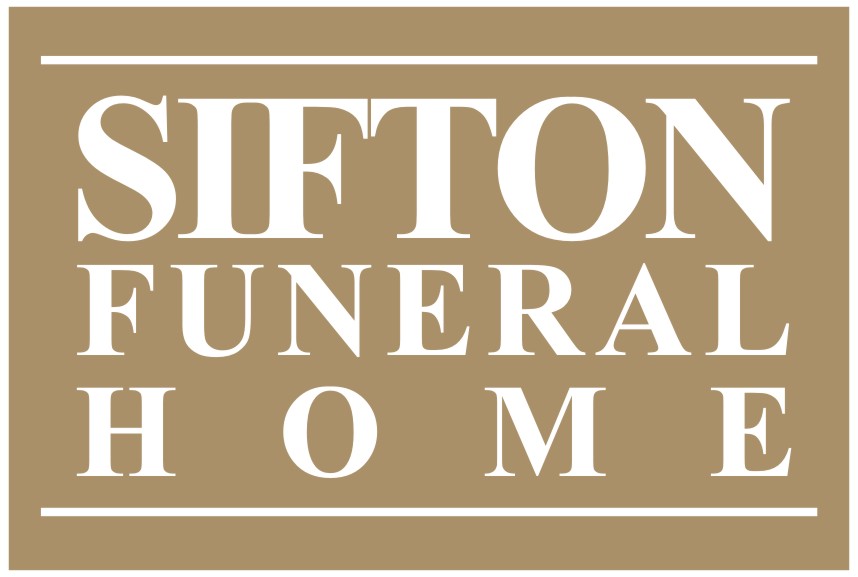Cremation Services
Cremation Frequently Asked Questions
What is Cremation?
Cremation is the process of reducing the human body to bone fragments using high heat and flame (approximately 1400-1800 degrees Fahrenheit) for a period of approximately 2 to 3 hours. The cremated remains are removed from the cremation chamber at which time extraneous materials (latches, screws, etc.) are removed. They are then processed into finer fragments and placed in a temporary container. The cremated remains will often appear white, off-white or grey in colour. The fragments are usually no larger than a centimetre (1/4"-1/2") in size, but are generally smaller. They usually weigh between 1-3 kilograms (3-6 pounds).
Is a casket needed for Cremation?
Most crematoriums require that, at minimum, the body be placed in a combustible container. Many different options are available.
Where and when does cremation take place?
Cremation occurs at a crematorium in a special kind of furnace called a cremation chamber or retort. Ontario regulations allow only one cremation to take place at a time. The scheduling of the cremation may depend on the following factors:
- time of arrival at the crematorium
- the operating hours of the crematorium
- the number of cremations scheduled, and
- special requests to the crematorium
Most crematoriums are closed on Sundays and statutory holidays.
Can the family witness the cremation?
Some cremation providers will allow family members to be present when the casket or combustible container is placed in the cremation chamber.
What can be done with the cremated remains in Ontario?
Here are some choices:
- You may purchase rights to bury or scatter the cremated remains in a designated part of a cemetery. Scattering rights may not be available at all cemeteries.
- You may purchase rights to place the cremated remains in a niche (or compartment) in a columbarium. A columbarium is a structure that contains a number of niches.
- You may scatter the cremated remains on private property with the written consent of the land owner.
- You may scatter the cremated remains on unoccupied Crown lands and Crown lands covered by water so long as there are no signs prohibiting scattering.
- If you wish to scatter cremated remains on municipally-owned lands, please check local by-laws first.
What is an urn?
An urn is a container designed to hold cremated remains. It can be constructed from a variety of materials including:
- select hardwoods such as oak, cherry and mahogany
- metals such as bronze, copper, brass and pewter
- stone such as granite, marble or cultured marble
- clay pottery or fine porcelain
If the urn is to be buried, some families choose to also select an urn burial vault (urn outer burial container).
If an urn is not purchased or provided by the family, the cremated remains will be returned in a temporary container.






